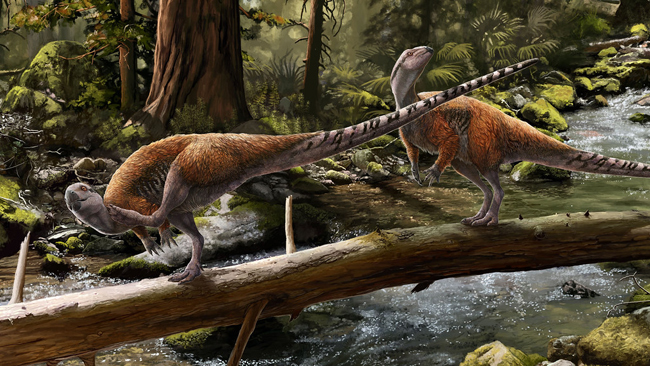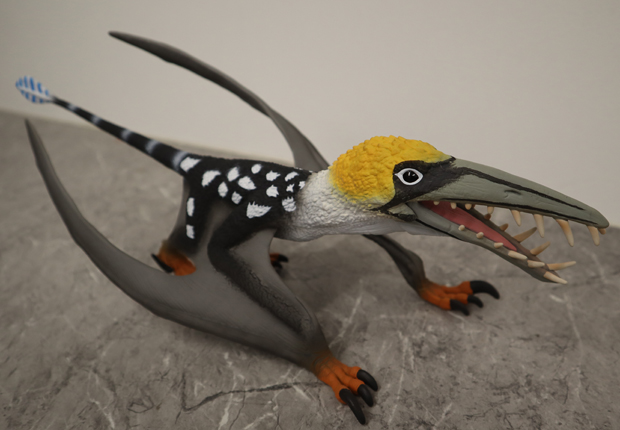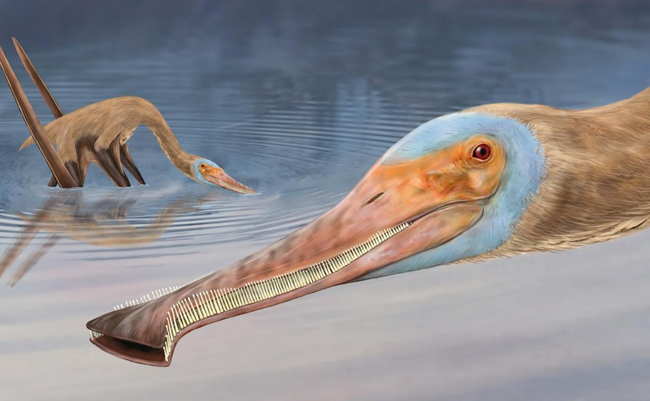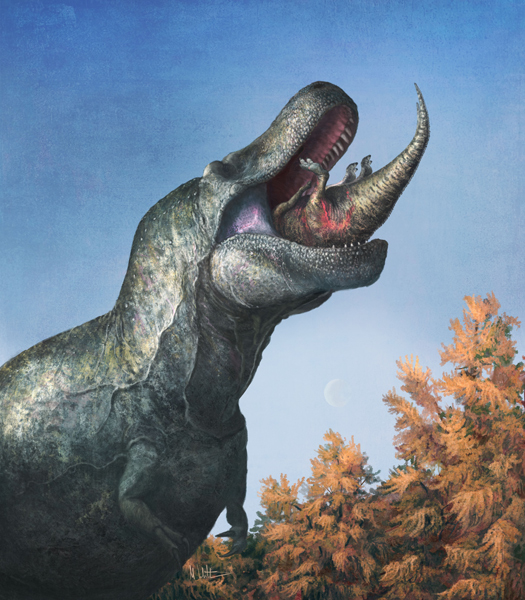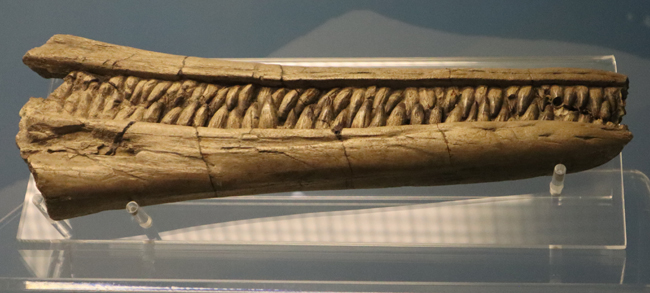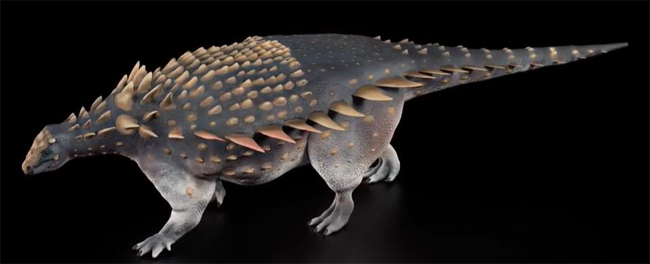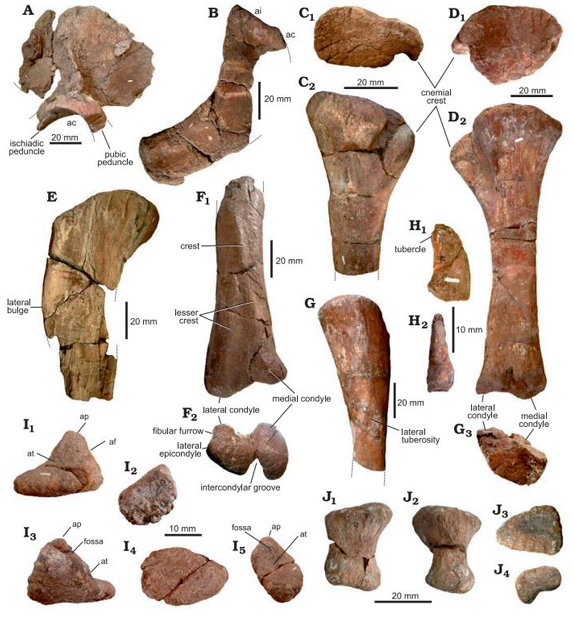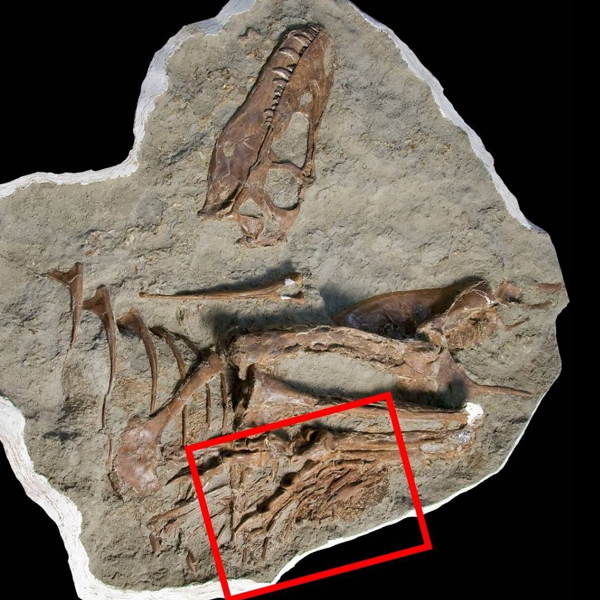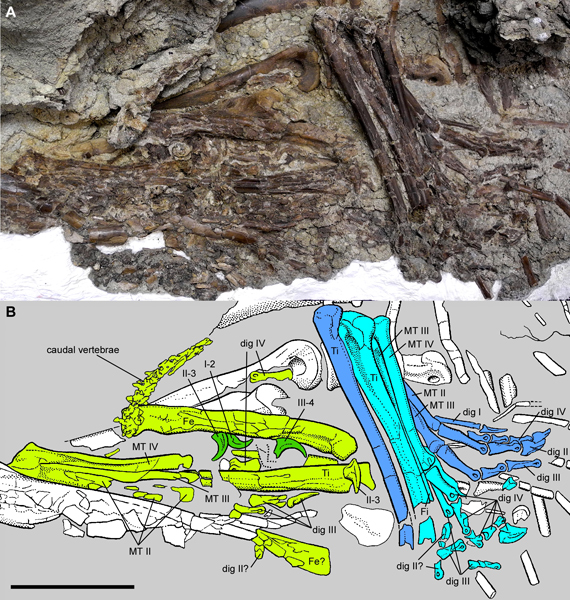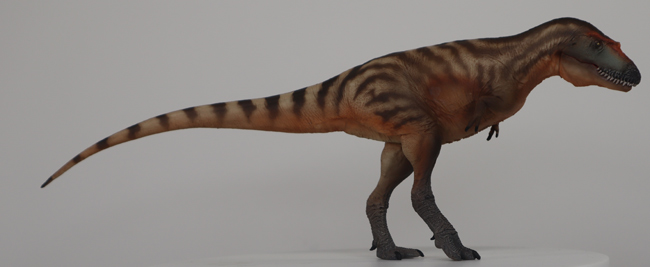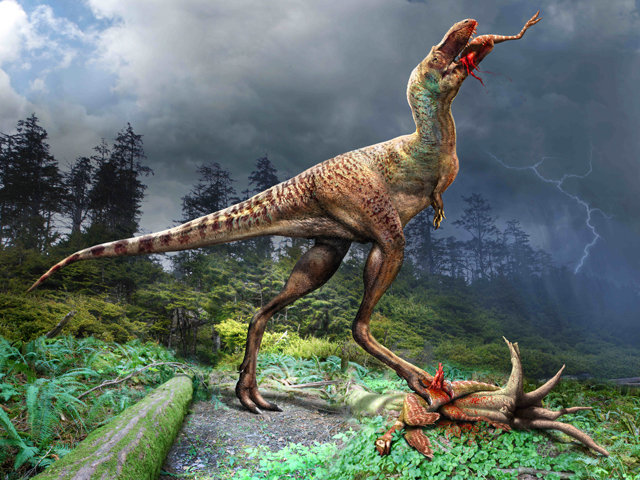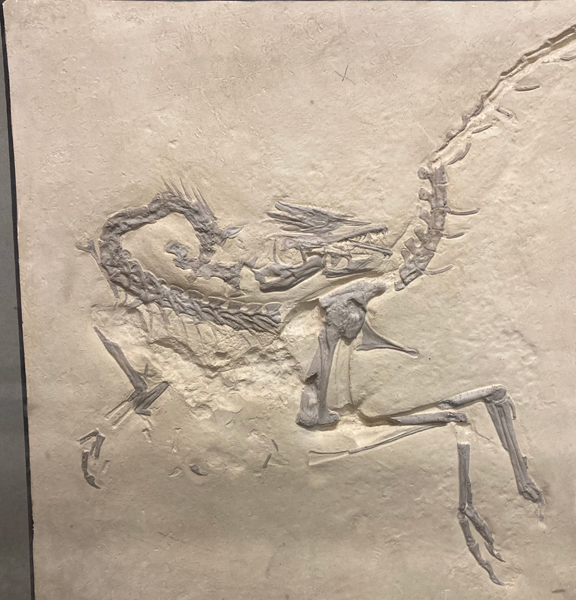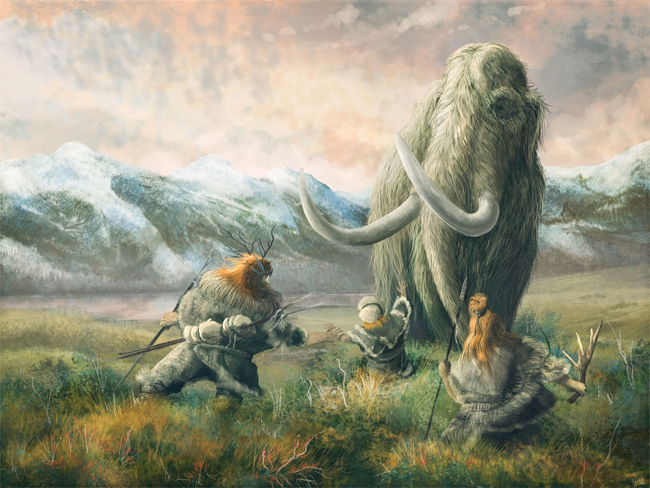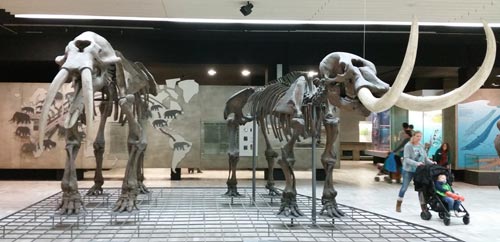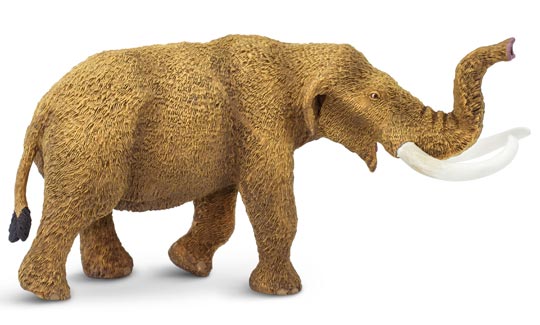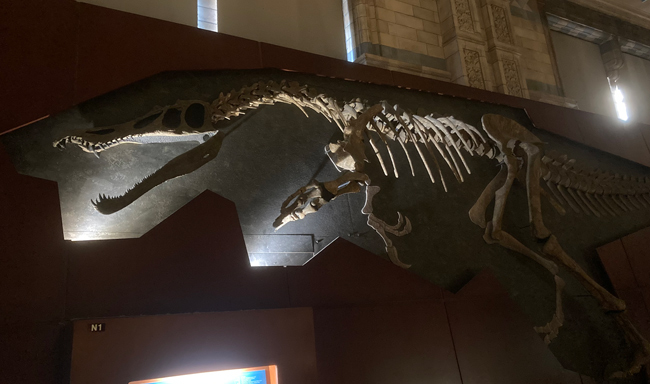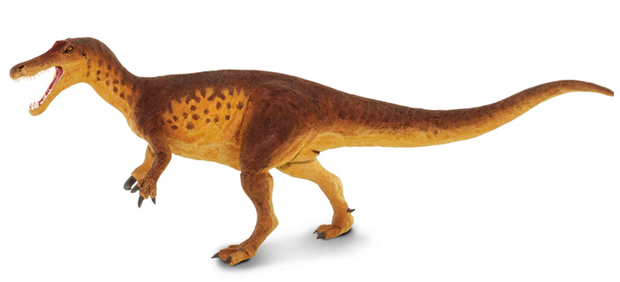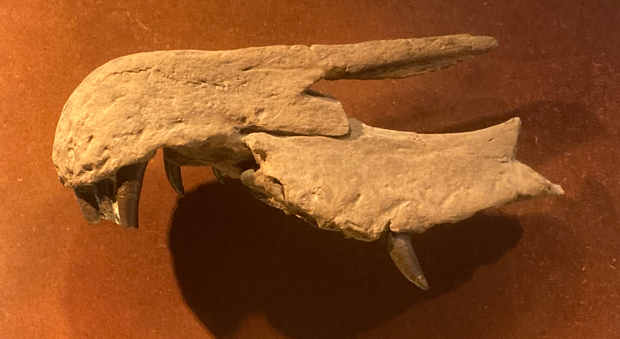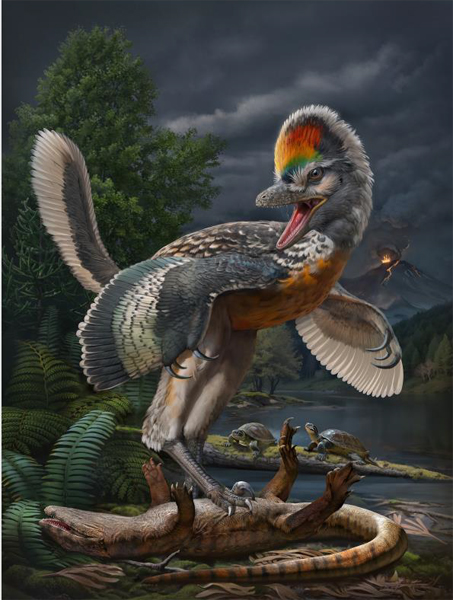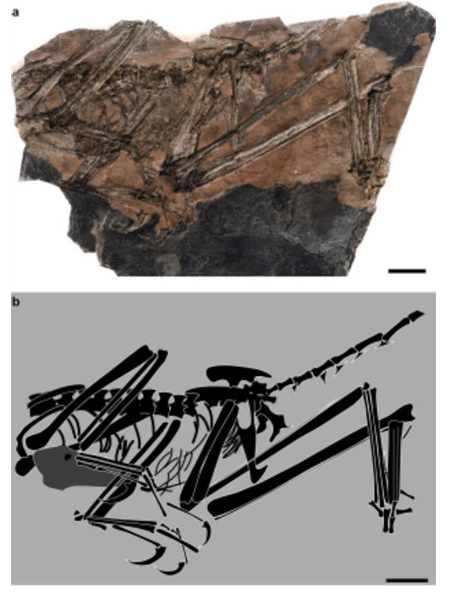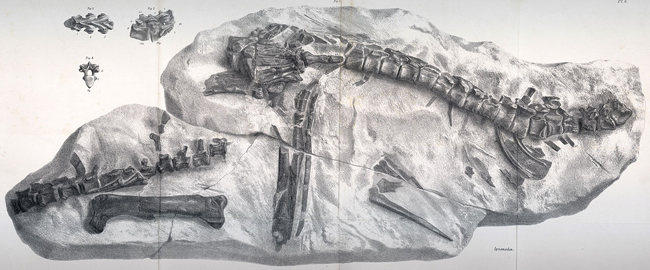Pictures of fossils, fossil hunting trips, fossil sites and photographs relating to fossil hunting and fossil finds.
Favourite and Most Popular Blog Posts of 2023 (Part 2)
Today, we at Everything Dinosaur continue our countdown of our favourite blog posts of 2023. In the second of this two-part series, we look at the months July to December (2023).
In July we received some amazing prehistoric animal drawings, undertook model review videos, released newsletters and learned about a prehistoric mammal attacking Psittacosaurus. Fans of the invertebrates were not disappointed to read about Arthrolycosa wolterbeeki, the oldest fossil spider to be found in Germany: Germany’s Oldest Spider Arthrolycosa wolterbeeki.
Stocking the Haolonggood Model Range
Book launches, addressing international conferences and discussing trilobites. Just a few of the highlights from August (2023). New abelisaurs were described along with possibly, the heaviest vertebrate that ever lived (Balaenoptera musculus). We welcomed new Beasts of the Mesozoic and PNSO models, but it was another manufacturer that we focused upon. Everything Dinosaur announced that they would be stocking the Haolonggood prehistoric animal model range.
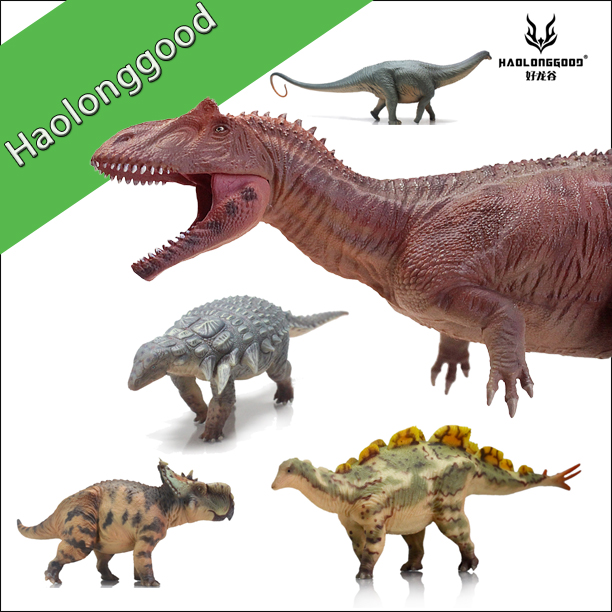
Picture credit: Everything Dinosaur
To view the range of Haolonggood models available from Everything Dinosaur: Haolonggood Dinosaur and Prehistoric Animal Figures.
Vectidromeus insularis
In September, we wrote a blog about the first dicraeosaurid from India. Fossil feather proteins and the complexity of birds were discussed along with a new, bizarre theropod from China. Haolonggood models arrived in stock and brachiopods took centre stage. The second Isle of Wight member of the Hypsilophodontidae was described, over 150 years after the first. The dinosaur named Vectidromeus insularis is geologically much older than Hypsilophodon foxii. Blog readers can expect to hear about more new Wealden Group dinosaurs in the future.
“Lonesome George”
Hollywood film premieres, mentoring university students and the boom in mammoth tusk sales threatening extant elephants were all highlighted. Talented model makers and new theropod figures from PNSO and Nanmu Studio were discussed in October. We enjoyed writing about “Lonesome George” an amazing replica of a Pinta Island giant tortoise.
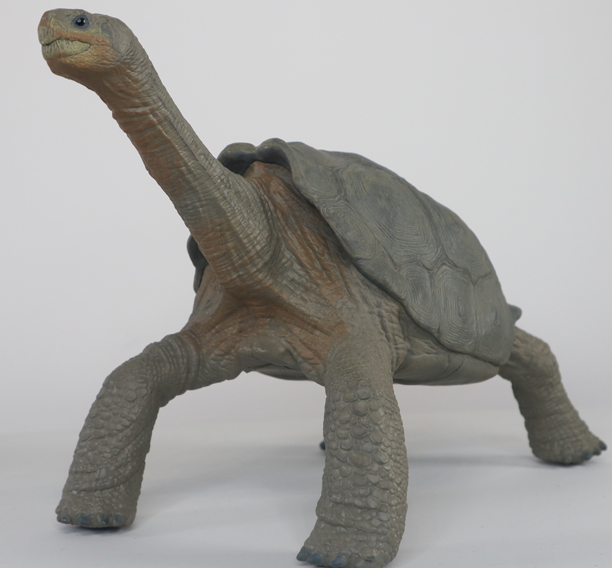
Picture credit: Everything Dinosaur
To view the range of Rebor models and figures: Rebor Figures and Models.
The Everything Dinosaur Blog in November
In November in the UK, the nights were certainly drawing in. The longer evenings allowed us more time to prepare blog posts on the new for 2024 CollectA figures, a new fleet-footed theropod from Brazil and TetZooCon. Rebor introduced GrabNGo Alligators and the Wild Past Scutosaurus and Kotlassia arrived. It was the front page of a national newspaper that drew most attention. Mammoths were going to be back within five years:
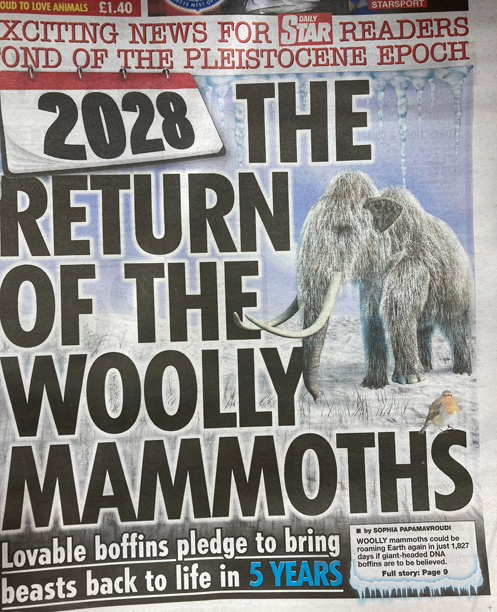
Picture credit: Everything Dinosaur
To read our article: Lovable Boffins Pledge to Bring Back the Woolly Mammoth.
2023 Draws to a Close
In the last month of 2023, we wrote about last recommended parcel posting dates and a new television documentary presented by Sir David Attenborough. A new, enormous titanosaur from Argentina was described and we learned about the last meal of a Gorgosaurus. We highlighted our model video reviews and discussed blog maintenance and new model releases.
The first production figure of the new CollectA Deluxe Dearc sgiathanach arrived and this was certainly a highlight of our entire year.
To view the CollectA Deluxe model range currently in stock: CollectA Deluxe Prehistoric Life Models.
The new for 2024 CollectA Dearc sgiathanach model will be in stock at Everything Dinosaur in the spring of 2024.
The Dearc article: Measuring the CollectA Dearc Pterosaur Model.
What New Blog Posts for 2024?
There are lots of exciting research papers due to be published. Several new books about prehistoric animals are due to be launched. We at Everything Dinosaur have some exciting plans of our own. There is certainly a lot to do in 2024 and a lot of fascinating stories to cover.
We look forward to continuing our blog and trying to write a daily article.
Visit the award-winning Everything Dinosaur website: Everything Dinosaur.


